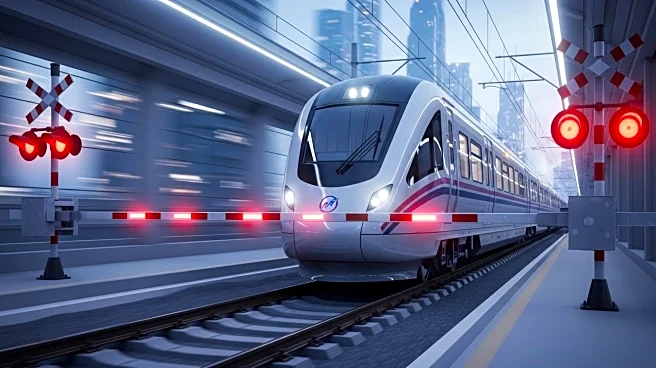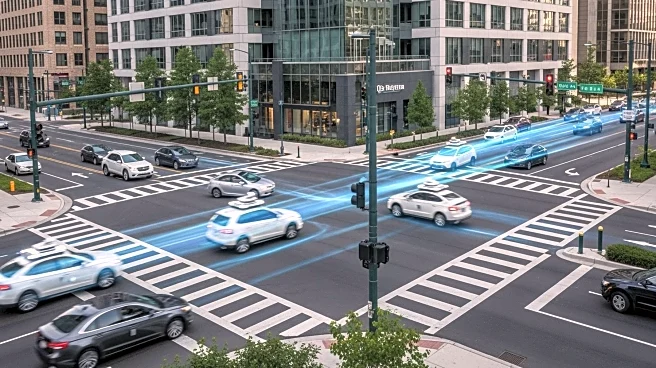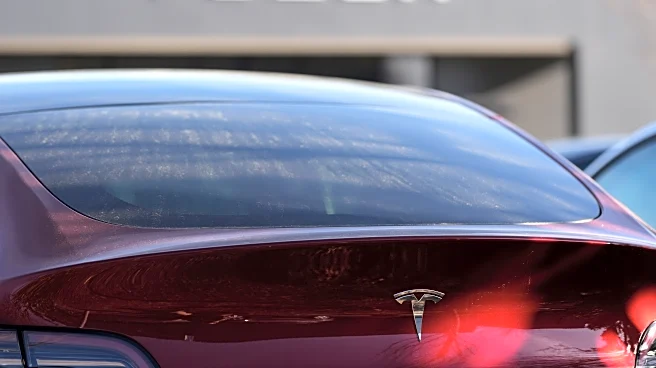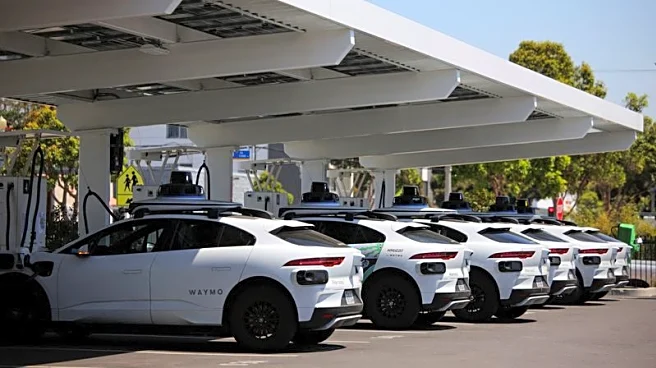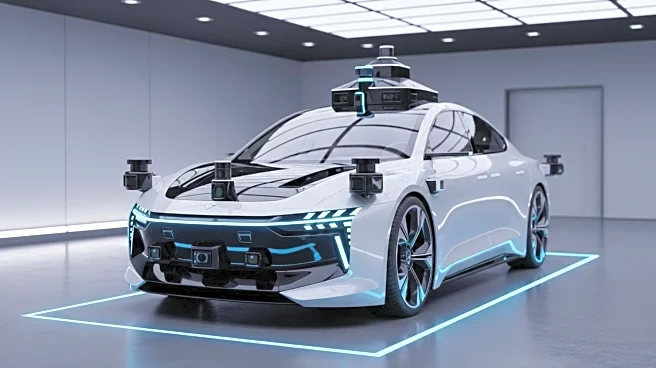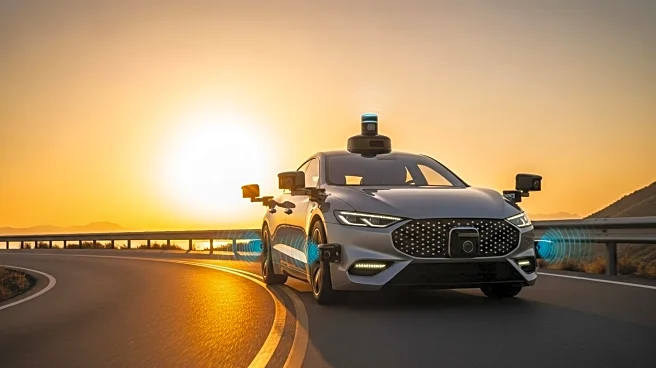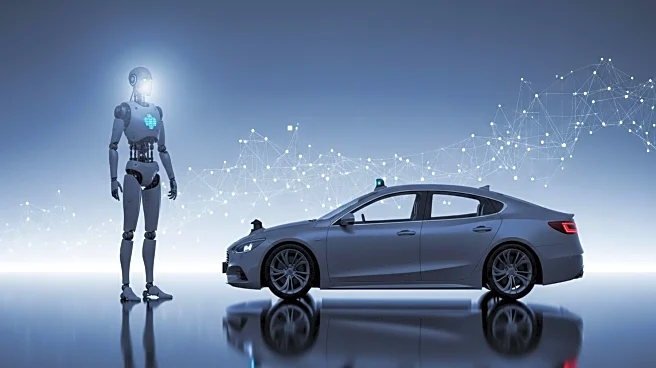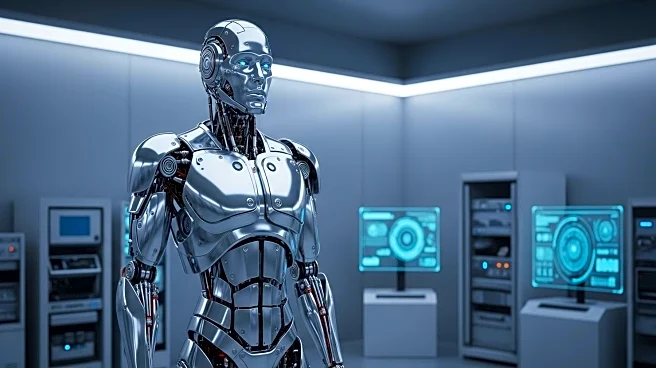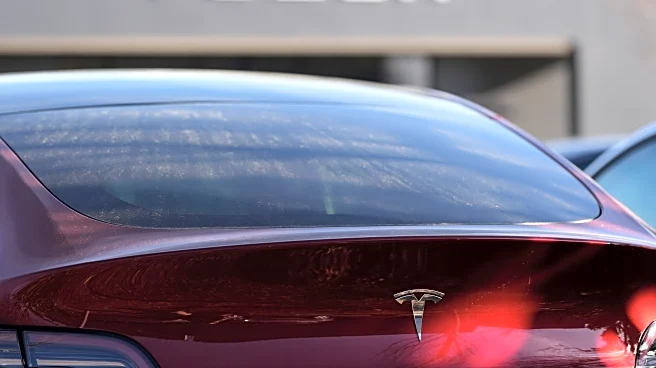What is the story about?
What's Happening?
Tesla's Full Self-Driving (FSD) software is under scrutiny after reports of failures at railroad crossings. Several Tesla drivers have experienced issues where the software did not recognize or respond appropriately to train crossing signals, leading to potentially dangerous situations. The National Highway Traffic Safety Administration (NHTSA) is aware of these incidents and is in communication with Tesla. The FSD software, a key component of Tesla's autonomous vehicle strategy, is criticized for its 'black-box' AI model, which lacks transparency in its decision-making processes. Experts suggest that insufficient training data for railroad scenarios may be the root cause of these failures.
Why It's Important?
The reliability of Tesla's FSD software is crucial for the company's future in autonomous vehicles. Failures at train crossings highlight significant safety concerns that could impact public trust and regulatory approval. As Tesla aims to expand its robotaxi services, ensuring the software's ability to handle complex driving scenarios is essential. The situation underscores the broader challenges of developing and deploying autonomous driving technologies, where safety and transparency are paramount. The outcome of these issues could influence regulatory approaches to self-driving technology and affect Tesla's market position.
What's Next?
Tesla plans a major update to the FSD software, which may address some of the current issues. The company is expected to continue refining its training data and algorithms to improve performance at railroad crossings and other complex scenarios. Regulatory bodies like the NHTSA will likely monitor these developments closely, potentially leading to new guidelines or requirements for autonomous vehicle technologies. The resolution of these issues will be critical for Tesla's expansion plans and the broader acceptance of self-driving cars.
Beyond the Headlines
The challenges faced by Tesla's FSD software raise questions about the ethical and legal responsibilities of autonomous vehicle manufacturers. Ensuring the safety of all road users, including those at train crossings, is a complex task that requires robust testing and validation processes. The transparency of AI decision-making and the adequacy of training data are ongoing concerns that could shape future regulations and public perception of autonomous technologies.
AI Generated Content
Do you find this article useful?
